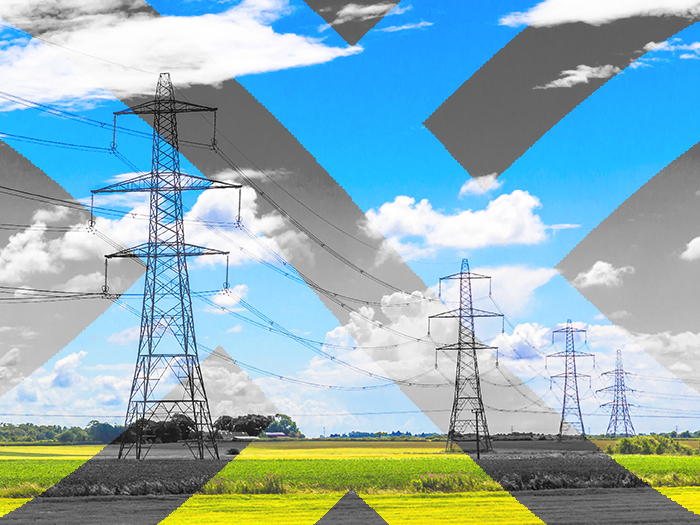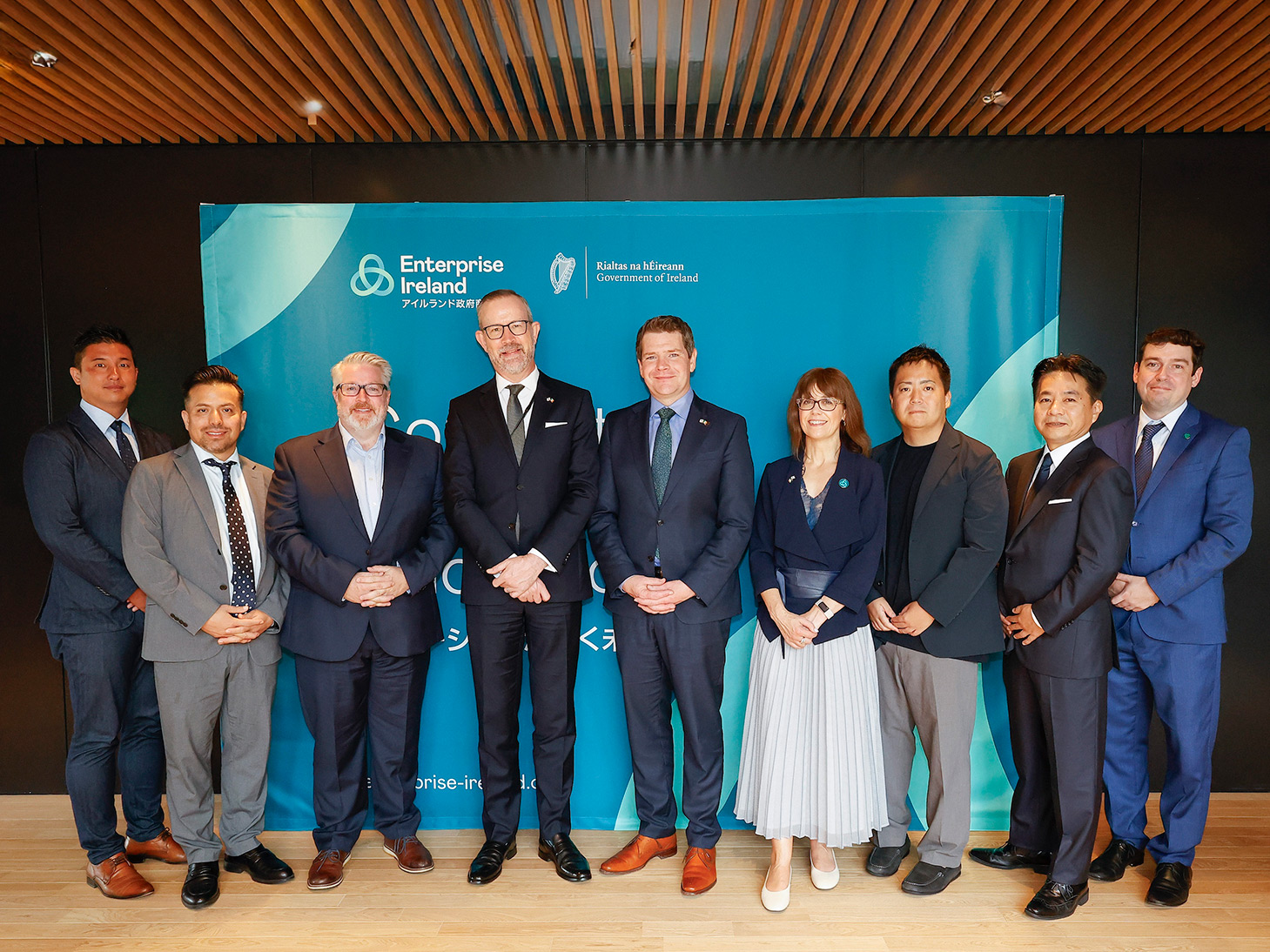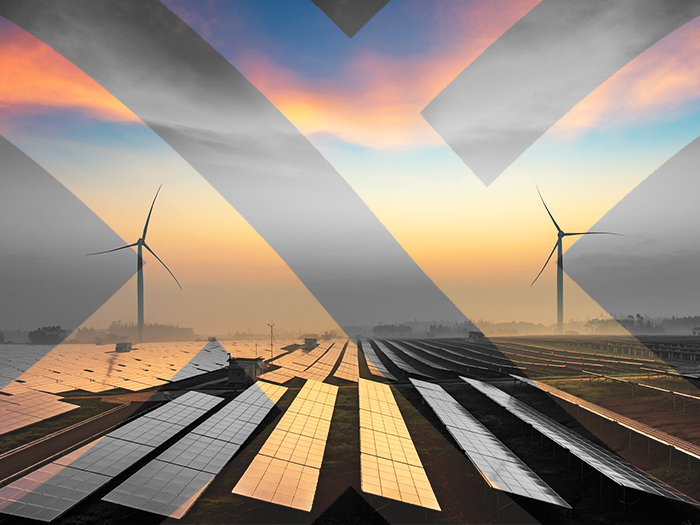News
better business decisions
Posted 3 years ago | 5 minute read

Government seeks to “unleash” full flexibility potential
The government has unveiled plans to “unleash the full potential of smart systems and flexibility in our energy sector”, which it said could reduce the costs of managing the system by up to £10B a year by 2050.
Among the raft of documents and consultations, issued on 20 July, was the Smart Systems and Flexibility Plan, which sets out a vision, analysis and work programme for delivering a smart and flexible electricity system that will underpin our energy security and the transition to net zero.
The plan noted that by 2050, the UK will need around 60GW of total flexible capacity, with around 30GW of combined short-term storage and demand side response (DSR) and 27GW of interconnection to manage increased levels of renewables on the system. There is substantial potential for flexibility from smart charging of electric vehicles, flexible use of heat pumps, and hydrogen-fired generation in power.
Industrial and commercial consumers are already providing around 1GW of DSR to the system. But by the mid-2020s consumers of all sizes will be able to provide flexibility to the system, supported by enabling infrastructure and regulatory framework. The market for flexibility from large consumers will see increased and sustained participation from a wide range of industrial, commercial and public sector consumers. With rapidly rising numbers of electric vehicles, businesses and individuals will be able to contribute by smart charging and vehicle-to-grid (V2G) technology will become a commercial reality for fleet operators.
By 2030 and beyond consumers will be providing significant flexibility to the system (potentially around 13GW in combination with intraday storage). It is expected that there will be over 15M electric vehicles on the road by 2030. Deeper integration between electric vehicles and the electricity system will be achieved by way of V2G technologies. Flexibility providers will have offers to cater for all levels of consumer engagement, with consumers in charge and able to choose how dynamic their participation should be.
Flexibility providers, such as GridBeyond, have an increasingly important role in enabling consumer participation in a smart energy system, offering innovative technologies and services that help consumers manage their energy demand. These companies also bring essential expertise and the ability to bundle DSR from multiple consumers, maximising benefits to the system while making DSR accessible to all.
Separately in the Digitalising our Energy System for Net Zero: Strategy and Action Plan, published the same day, the government said in the mid-2020s standards and regulatory frameworks will be in place that ensure energy data collection and applications meet best practice and that data assets are treated as open and accessible by default while privacy and security is protected. There will be a significant step-up in the visibility of assets across the system and new digital services will make it easier for people to know what data exists and how they can gain access to it. These services will ensure datasets can be combined with minimum time and effort for the user.
By 2030 and beyond system operators will have visibility of all energy assets, making planning, forecasting and operations quicker, more accurate and cheaper and underpinning a secure decarbonised energy system. But it highlighted the scale of the change required and the need for a supportive regulatory regime.

Mark Davis, GridBeyond’s Managing Director UK & Ireland, said:
“This plan is essential to hitting the UK’s net zero ambitions. A smart and flexible electricity system opens up significant possibilities for innovators, will ensure the energy system is able to cope with increased electrification and will allow millions of electric cars, smart appliances and other new technologies to connect to the energy system.
“Like every system evolution, the grid needs further development to remain robust into the future. Today’s strategy, and the recent Future Energy Scenarios report from National Grid ESO, demonstrate the significant changes and challenges facing UK businesses and the country as a whole. But regardless of the journey the destination is clear. The most cost-effective way to get to net zero is through a combination of low carbon and renewables generation matched with significant levels of energy and battery storage and demand side response.
“Digitalisation, intelligent energy services and careful control of assets, will be essential in joining up the pieces, doing more with existing infrastructure, and opening up new revenue streams and business models. This is in line with GridBeyond’s vision towards a shared energy economy that delivers sustainability, resilience, affordability and adaptability.
“GridBeyond is already working with our clients to create opportunities. Using our AI-powered technology, we find the flexibility on your site and make it work for your business, reducing operating costs and carbon emissions and securing revenue for your business.”
Also unveiled was:
- A consultation on the future role, organisational design and phased implementation of a Future System Operator with responsibilities across both the electricity and gas systems
- A call for evidence to investigate the role of vehicle-to-X technologies in a net zero energy system, and possible barriers to their widespread use.
- A call for evidence about barriers to the deployment of large-scale and long-duration electricity storage, and on different approaches for supporting the deployment of these technologies.
- A consultation on proposed institutional governance framework for the energy codes.
Using AI and Robotic Trading combined with the expertise of our trading experts and Data Scientists, GridBeyond’s Point Ai. Services open the door for your business to take your energy strategy from passive purchasing and consumption to active energy management and trading.
GridBeyond’s Point Ai. Services consist of three complementary products: Ai. Terms, Ai. Trade & Ai. Thrive, which together, transform your energy into opportunity. If you have any questions around the potential for your site, contact our team, or to learn more about the complimenting services offered by GridBeyond’s intelligent energy platform, our Point Ai. Services brochure.








